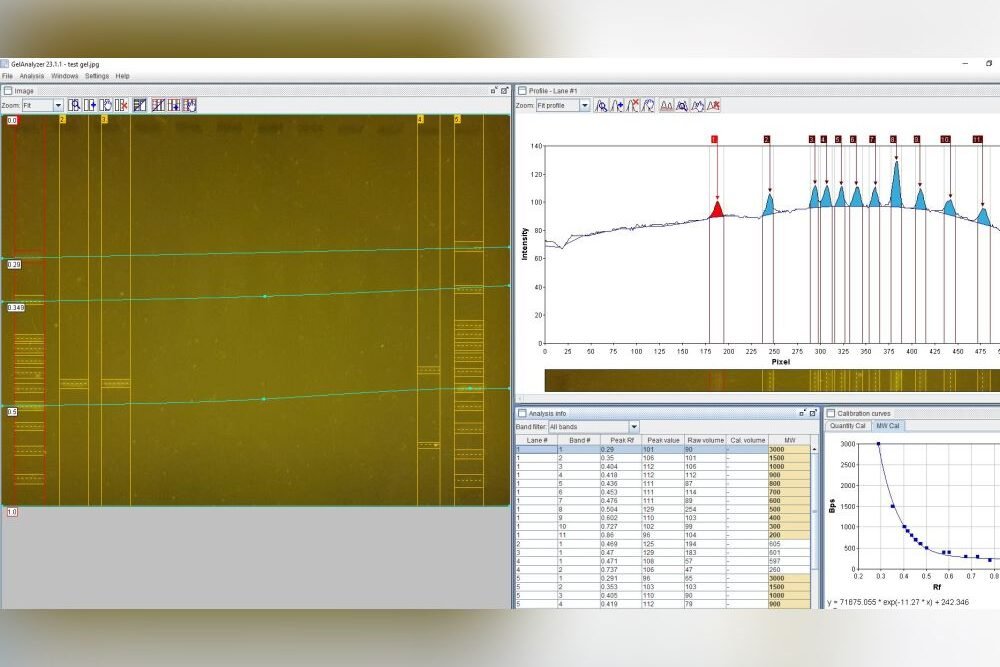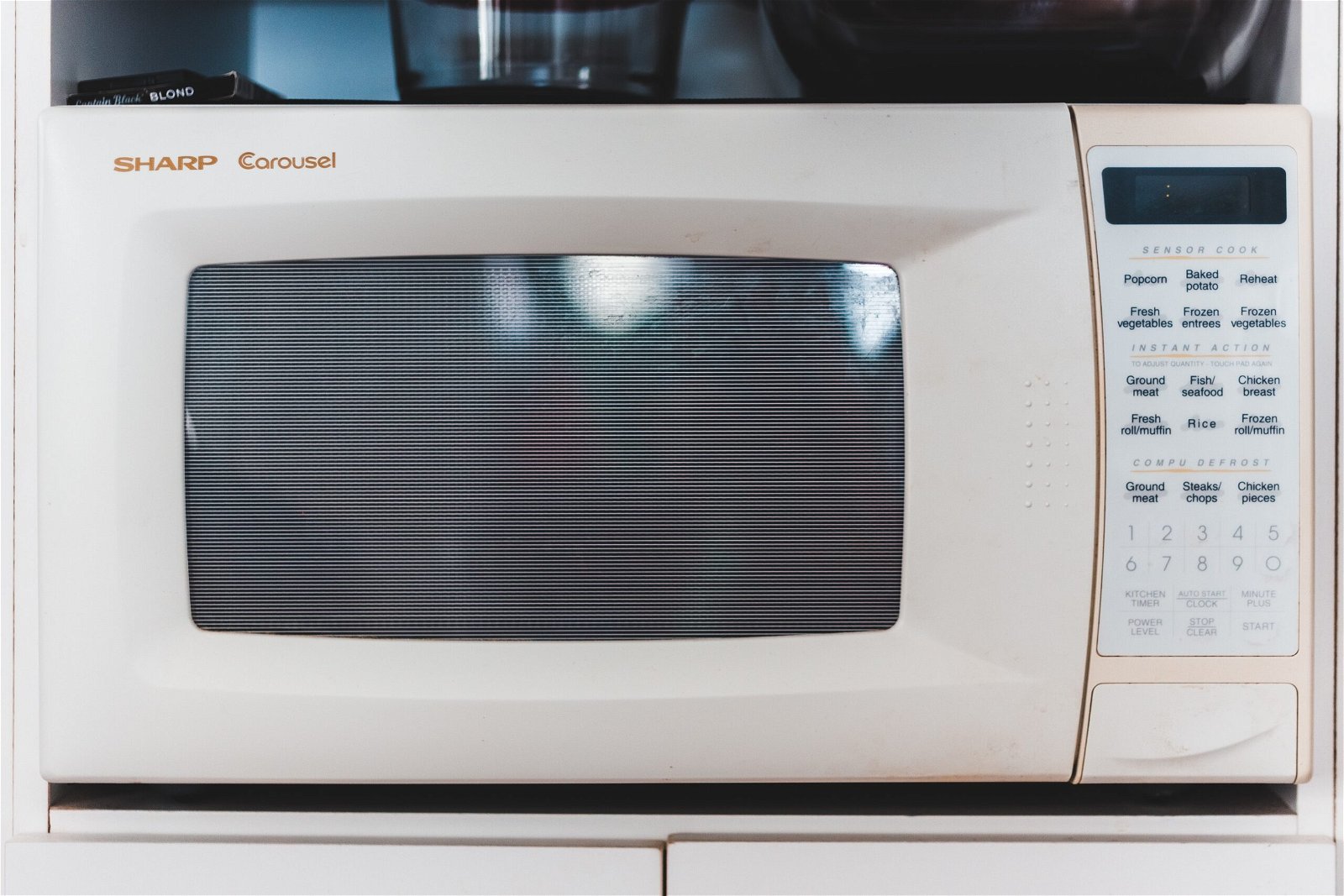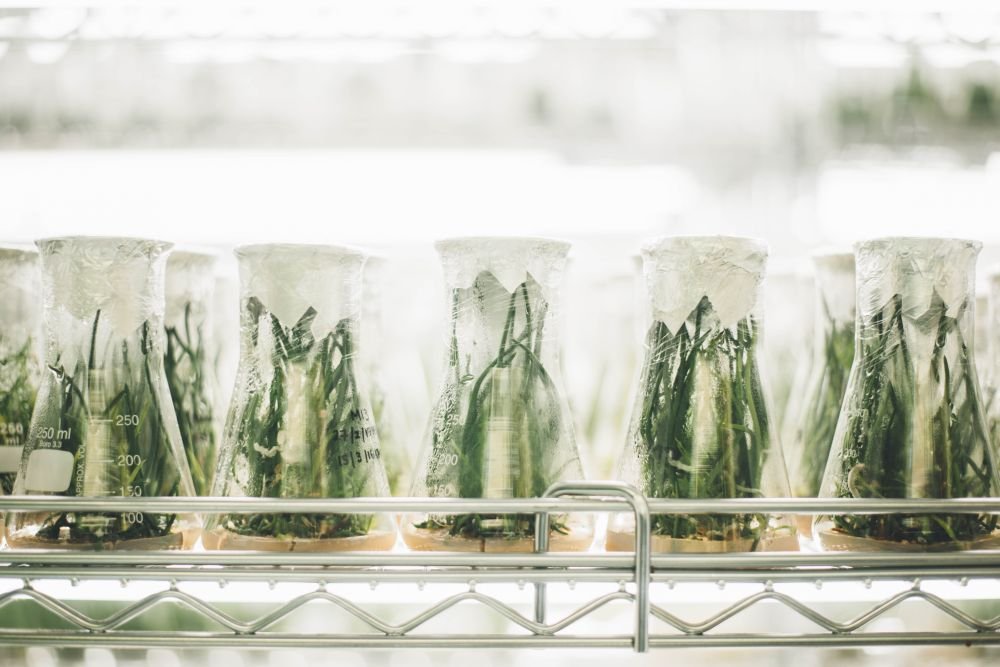Hey PCR enthusiasts!
We’re taking a break for the holidays, and we’ll be back in the New Year. We hope you have a great festive season!
This year our newsletter has radically changed. We started publishing weekly newsletter content on PCR-related methods and techniques, and also sharing regular additional content on X (formerly Twitter).
We’d love to hear from you. Do you like what we’ve been doing? What content do you want to see for 2024?
To close off the year, here’s a recap of the top ten most popular methods or articles we’ve shared in 2023:
⭐ 10. Direct PCR for microalgae
Did you know that you can use direct PCR for microalgae from liquid cultures? A study by Fei et al. (2020) indicates that you can! If the algae cultures are grown in salty marine media then you can centrifuge the algae and resuspend in distilled water to prevent PCR inhibition. This method could considerably simplify PCR-based study of these amazing and important microscopic organisms.
⭐ 9. Line-PCR, a rapid method of direct PCR sampling for plants
A new method by Lynagh et al. (2023) could make it much easier to do super-quick DNA sampling of plant leaves for direct PCR. The method, called “Line-PCR” by the authors, involves poking a hole in a leaf with a tiny piece of fishing line and putting the line straight into a PCR mix tube for direct PCR, or in water for later. Enough DNA is captured as a smear on the line to allow PCR for genotyping or other purposes.
⭐ 8. Single-tube nested PCR
Avoid PCR contamination issues when doing nested PCR by doing both rounds of PCR in the same tube. You can either dry the second set of primers on the PCR tube lids and shake to dissolve them for the second PCR (physical separation) (see Abath et al., 2002); or design the two primer sets so that the first set has a much higher annealing temperature (thermal separation) (you can find an open access example in Llop et al., 2000).
⭐ 7. Extracting PCR products from agarose gels using centrifugation
Extract PCR products from agarose gels for downstream purposes such as sequencing or ligation by using 0.5x TAE (Tris-Acetate-EDTA) buffer, cutting out the band, and centrifuging it through a filter. The liquid released should contain your DNA and have minimal PCR inhibitors. This method is very similar to the well known “freeze-and-squeeze” method, which uses a freezing step, but a study by Abraham et al. (2017) found that freezing beforehand isn’t necessary and direct PCR can be done provided 0.5x TAE buffer is used. As an extra suggestion, a low EDTA version of TAE buffer could be used to reduce PCR inhibition further, and the gel band could be centrifuged through a cut down filter pipette tip, making the method even easier.
⭐ 6. GelAnalyzer 23.1: Freeware electrophoresis gel analysis
Analyse your agarose electrophoresis gels and estimate band size and concentration using the excellent and free GelAnalyzer 21.3 software, available at www.gelanalyzer.com.
⭐ 5. Using laundry detergents for DNA extraction
Can you use laundry detergents for basic DNA extractions to save money? This idea has been successfully used for extractions of blood (Nasiri et al., 2005), bacteria (Mirnejad et al., 2012), and cattle hair (Guan et al., 2013), among others. But be careful if you want to make your methods reproducible by others (they may not be able to source a detergent brand, or the formulation may be changed over time), and don’t use detergents that contain DNAases as that would ruin your DNA extracts!
⭐ 4. Blocking primers to block specific unwanted DNA sequences
Did you know you can use modified primers to block the amplification of particular types of sequences (e.g. human or host DNA), to avoid your eDNA libraries being swamped by unwanted DNA? Two nice examples of this method are by Vestheim & Jarman (2008) for antarctic krill diet studies (blocking krill DNA), and by Bourret et al. (2021) for bird parasite metabarcoding (blocking bird DNA).
⭐ 3. Mu-DNA, a modular DNA extraction system
Extract DNA from anything and save money by using a homemade modular DNA extraction system that uses standard laboratory DNA extraction chemicals and reagents, called Mu-DNA (Modular Universal DNA Extraction Method), described by Sellers et al. (2018).
⭐ 2. Touchdown and Stepdown PCR
Improve the specificity and yield of your PCRs by using touchdown PCR. If your thermocycler is too basic to do this then you can use Stepdown PCR to approximate this method. You can read our resource on Touchdown and Stepdown PCR here.
⭐ 1. Booster PCR
Improve PCR specificity and yield using the same primer sets using this old method, which involves a first PCR with very dilute primers followed by a normal PCR with standard concentrations. You can read our thoughts on this topic here.
Thank you for joining us on our journey to make PCR available and accessible to anyone anywhere! If you’ve enjoyed our content, please let us know! And if you’d like us to cover anything in particular next year, please drop us a suggestion!



